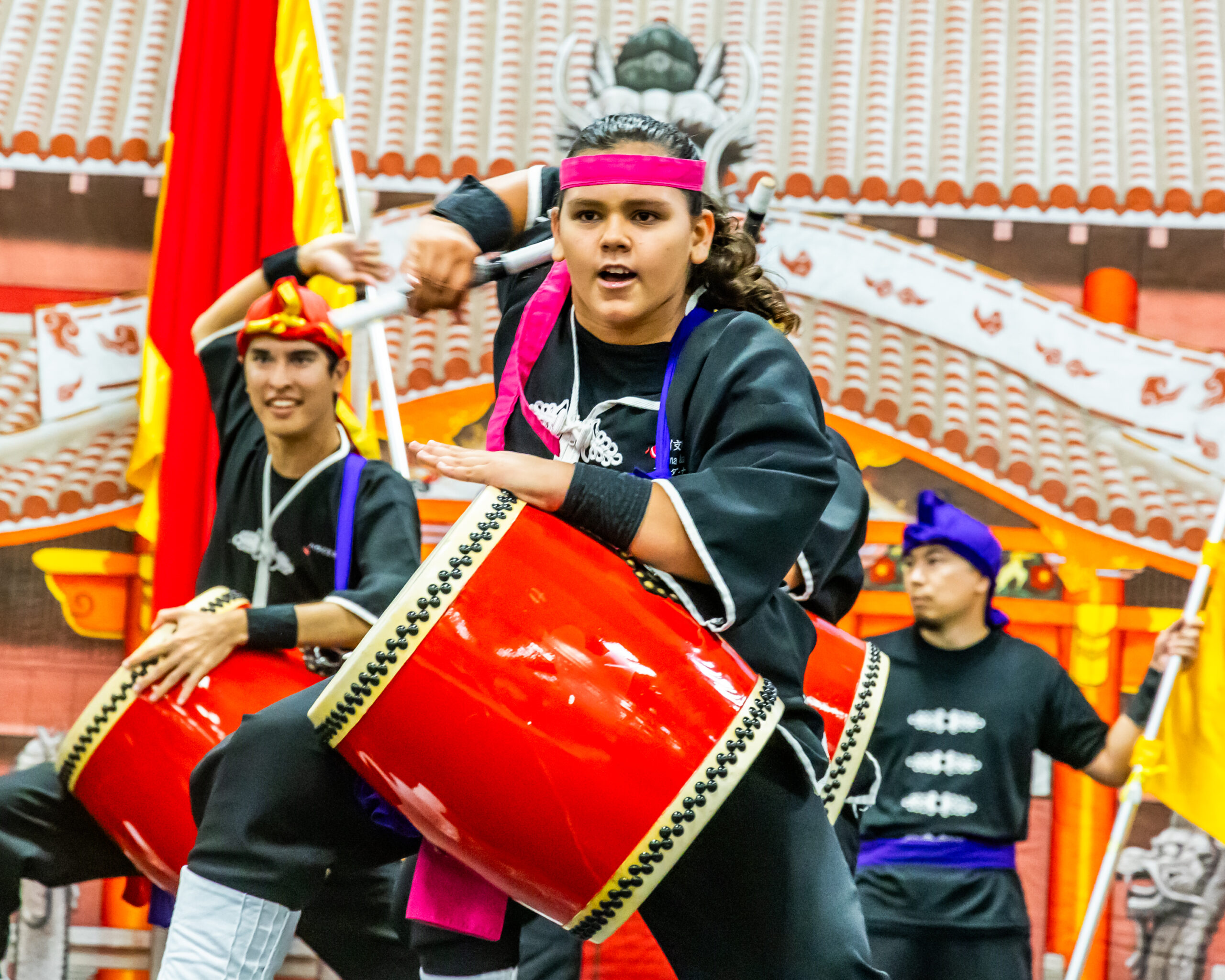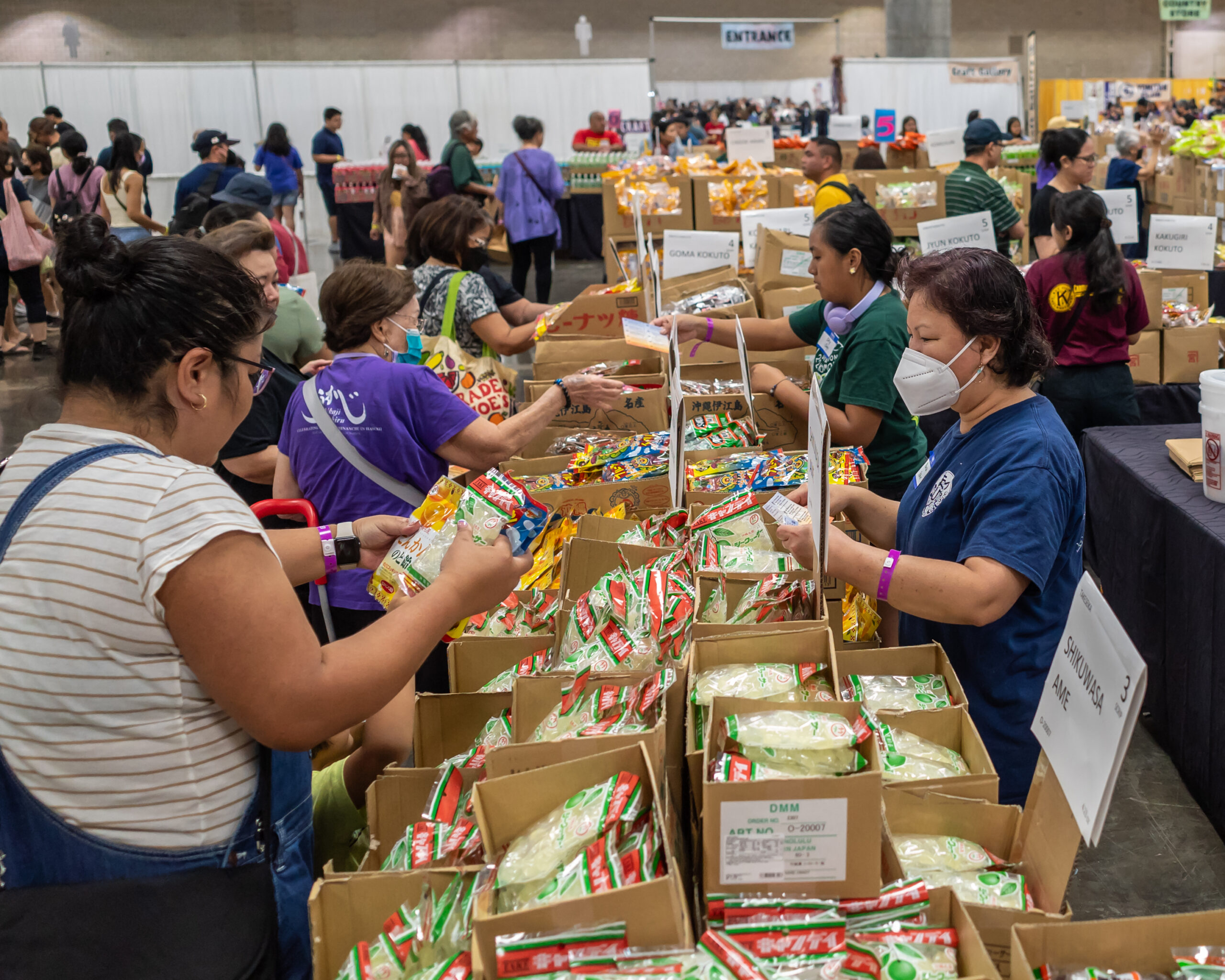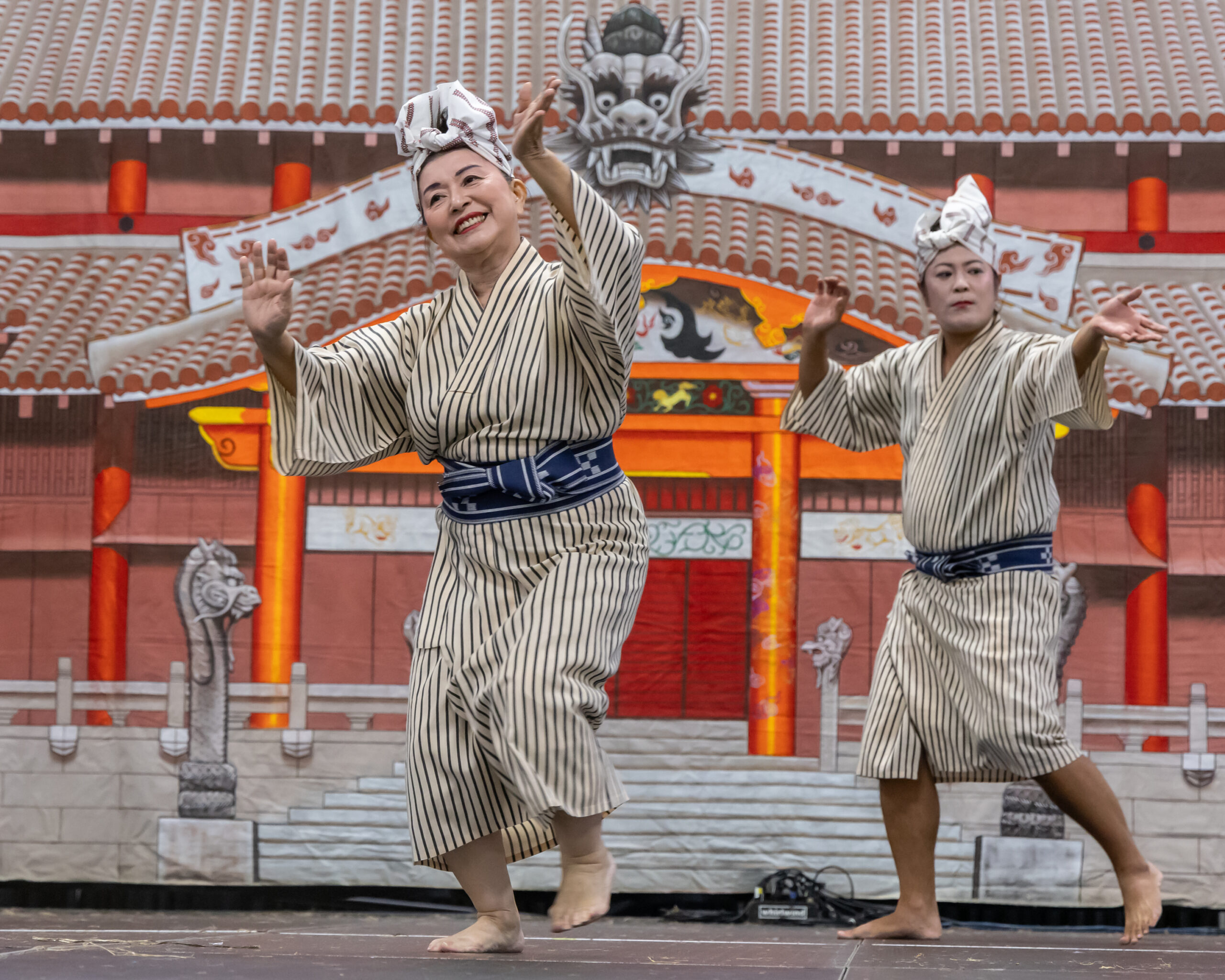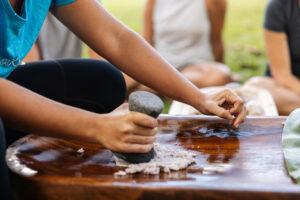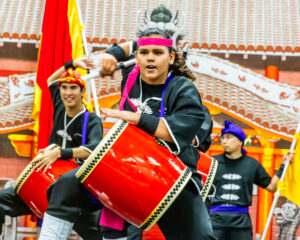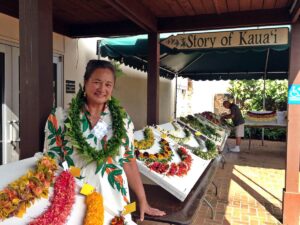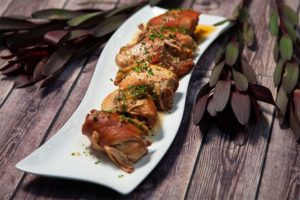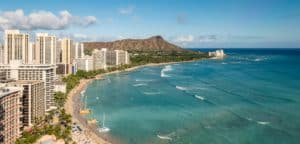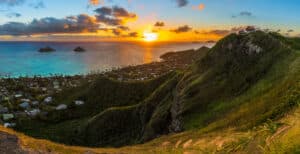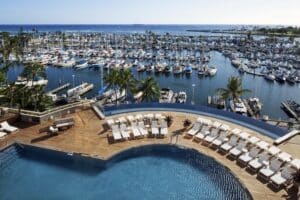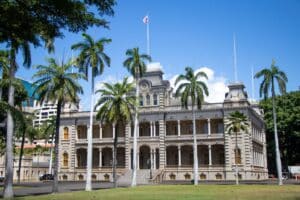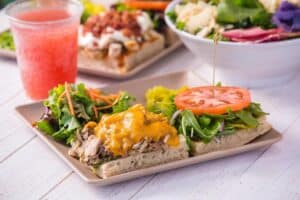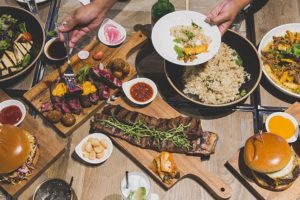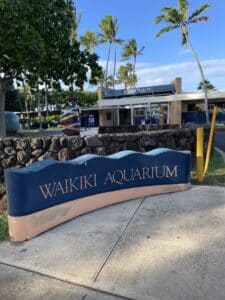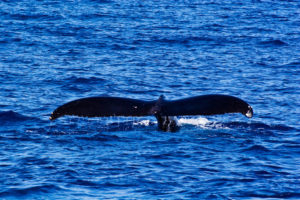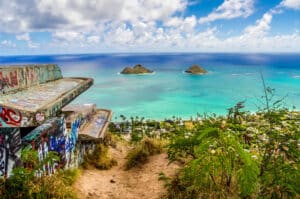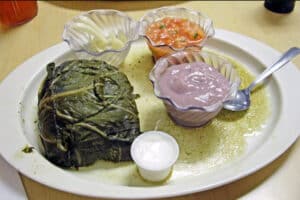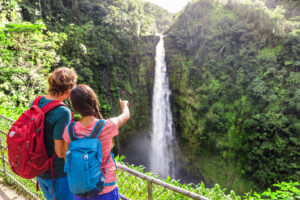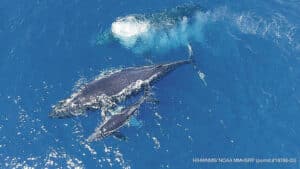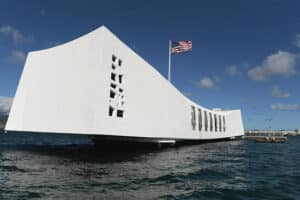Correction: An earlier version of this story incorrectly reported that 50,000 civilians were estimated to have died in the Battle of Okinawa. The story has been updated to report 90,000 to 150,000 civilian deaths were estimated, with local authorities estimating as high at 149,425, according to the Hawaii United Okinawa Association.
Hawai‘i and Okinawa share an intimate connection. While the attack on Oʻahu’s Pearl Harbor in 1941 brought U.S. troops into World War II, Okinawa was the site of the final battle that ended the war four years later. In the spirit of yuimaaru—the Okinawan principle that community supports one another, especially in times of need—the Okinawan diaspora in Hawai‘i sent clothing, supplies, pigs, goats and more to help Okinawa recover from its tragic losses. According to the Hawaii United Okinawa Association, an estimated 90,000 to 150,000 civilians—nearly one-third of the island’s population—died in the Battle of Okinawa, with some local authorities setting the figure as high as 149,425 civilians. Today, at least 50,000 Okinawans live on Oʻahu.
“Eighty years after the end of World War II, it is a privilege and joy to hear sanshin music play, the eisa drums beating and to see generations of Hawai‘i Okinawans celebrating our culture together,” said Shari Y. Tamashiro, Okinawan Festival coordinator.
On August 30 and 31, the Hawaii United Okinawa Association (HUOA) will present the 43rd Okinawan Festival at the Hawaiʻi Convention Center in Honolulu. This year’s theme, “Sharing Uchinanchu Aloha,” celebrates the Okinawan diaspora (uchinanchu) and its connection to Hawai‘i’s multiethnic heritage.
Guests can enjoy live Okinawan music and dance and take part in cultural education, arts and crafts, historical exhibits, genealogy research and Okinawan-themed children’s games. Vendors will offer Okinawan crafs and food, including andagi, andadog and Okinawan soba. On Saturday only, from 5:30 to 9 p.m., the festival will host Hawai‘i’s largest indoor Bon Dance. Tickets are available online at www.okinawanfestival.com.
The Hawaii United Okinawa Association (HUOA) was established as a 501(c)(3) nonprofit organization in 1951, originally under the name United Okinawan Association of Hawai‘i. The organization consisted of 50 clubs, each organized by the towns in Okinawa from which its members originated, to provide a support system for the Okinawan community.
According to Tamashiro, the catalyst for forming a unified organization was that the U.S. military administration at the time did not want to communicate with each club individually. In 1995, the organization was renamed the Hawaii United Okinawa Association. Today, HUOA continues its mission to promote and preserve Okinawan culture in Hawai‘i.
This year’s Okinawan Festival marks two major milestones: the 125th anniversary of Okinawan immigration to Hawai‘i and the 40th anniversary of the sister-state relationship between Hawai‘i and Okinawa. To commemorate the occasion, Okinawa’s governor and 40 of the island’s 41 mayors will travel to Oʻahu to attend the festival.
Tamashiro is creating a poster series to highlight the achievements of Okinawans in Hawai‘i over the past 125 years. Among the stories she will share is that of Shigeru Serikaku, an uchinanchu from Waipahu, who built and flew an airplane in Hawai‘i just 14 years after the Wright brothers’ first flight in North Carolina.
Proceeds from the Okinawan Festival support several HUOA cultural programs, including the Hawai‘i–Okinawa High School Student Exchange Program and the Children’s Cultural Day Camp, known as Warabi Ashibi.
Following the festival, guests can continue to engage with Okinawan culture during the Okinawan FEASTival taking place Sept. 1–15. Participating restaurants on Oʻahu will feature Okinawan dishes and ingredients on their menus. Okinawan-owned Aloha Tofu will offer jimami tofu (Okinawan peanut tofu), a popular item that typically sells out quickly at their booth during the Okinawan Festival.
Festival hours:
Saturday, Aug. 30 – 9:00 a.m.– 5:00 p.m., Bon Dance – 5:30 to 9:00 p.m.,
Sunday, Aug. 31 – 9:00 a.m.– 4:00 p.m.
Ticket information:
Early Admission: Saturday 8/30 and Sunday 8/31 from 9am-10am
Available for pre-sale (via credit/debit card); quantities limited, sales at the door while supplies
last.
-
Single-day Early Admission
-
Adults: $15 / Seniors 65+: $10
-
Children 12 and under FREE
-
-
Two-day Early Admission (valid for early admission on both days)
-
Adults: $25 ($30 value) / Seniors 65+: $15 ($20 value)
-
Children 12 and under FREE
-
General Admission: Saturday 8/30 and Sunday 8/31 from 10am-4pm
-
Single-day General Admission
-
Adults: $10 / Seniors 65+: $5
-
Children 12 and under FREE
-
-
Two-day General Admission (valid for general admission on both days)
-
Adults: $16 ($20 value) / Seniors 65+: $8 ($10 value)
-
Children 12 and under FREE
-
